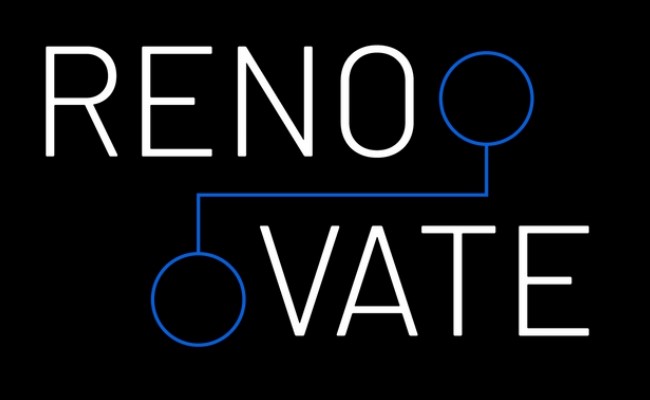Financial Services Firm Accelerates Application Modernization by Automating JUnit Test Case Generation
Financial Services Firm Accelerates Application Modernization by Automating JUnit Test Case Generation Automated JUnit Test Case GenerationCase Study Download Case Study Financial Services Firm Accelerates Application Modernization by Automating JUnit Test Case Generation Customer The client is a leading international financial services organization with a strong focus on providing protection and wealth management solutions. Operating […]













